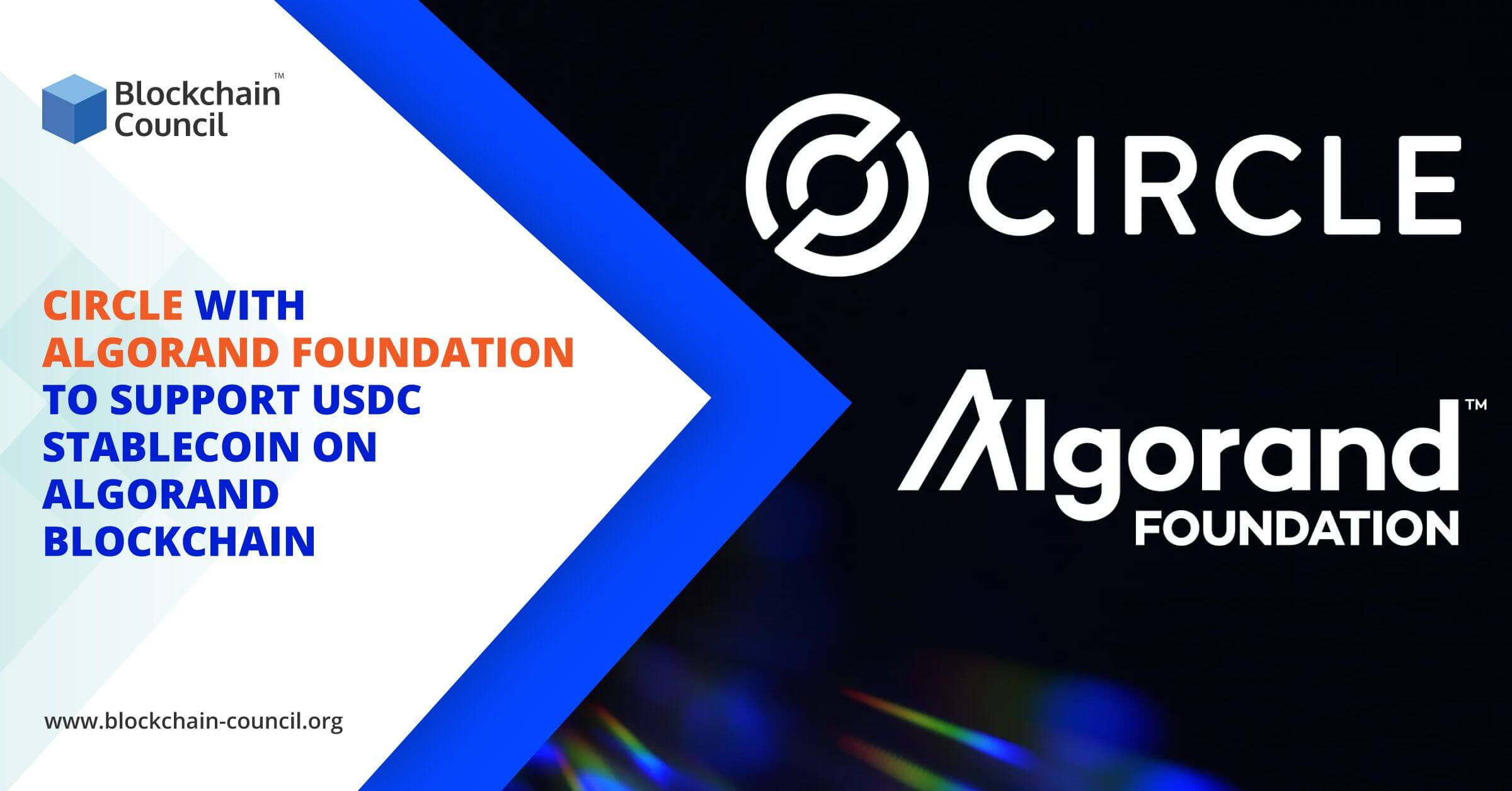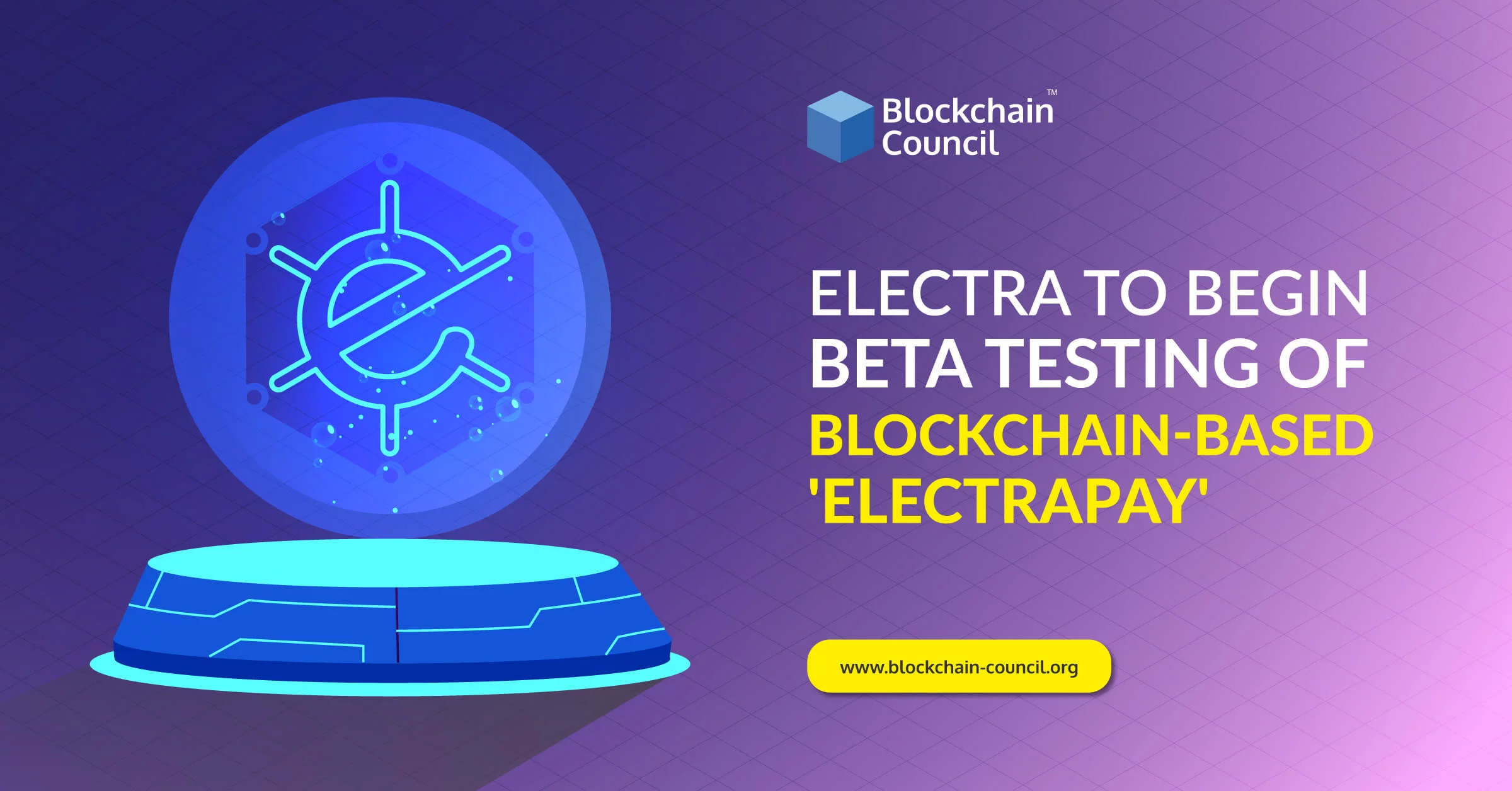
- Blockchain Council
- September 02, 2024
Introduction
In the realm of blockchain technology, Ethereum stands as a pioneering force, offering a platform for decentralized applications (dApps) and smart contracts. Launched in 2015 by Vitalik Buterin, Ethereum has quickly risen to prominence, attracting developers, entrepreneurs, and enthusiasts alike. In this comprehensive guide, we delve into the intricacies of Ethereum blockchain, exploring its origins, underlying technology, use cases, and future potential..
Origins of Ethereum
Ethereum emerged as a natural progression from Bitcoin, with its founder Vitalik Buterin envisioning a platform that could support more than just peer-to-peer transactions. Buterin’s vision was to create a decentralized platform that could execute smart contracts—self-executing contracts with the terms of the agreement directly written into code. In 2013, Buterin published the Ethereum whitepaper, outlining his vision for a blockchain platform that could enable the creation of decentralized applications and programmable money.
Underlying Technology: Ethereum Virtual Machine (EVM)
At the heart of Ethereum lies the Ethereum Virtual Machine (EVM), a decentralized runtime environment that executes smart contracts. The EVM enables developers to write code in high-level programming languages such as Solidity and deploy it on the Ethereum blockchain. Smart contracts deployed on the Ethereum blockchain are immutable and self-executing, meaning they automatically execute when predefined conditions are met, without the need for intermediaries.
Key Features of Ethereum Blockchain
Smart Contracts: Ethereum introduced the concept of smart contracts, which are self-executing contracts with predefined conditions written into code. Smart contracts enable the automation and execution of agreements without the need for intermediaries, thereby reducing costs and increasing efficiency.
Decentralized Applications (dApps): Ethereum serves as a platform for the development and deployment of decentralized applications (dApps). These dApps operate on the Ethereum blockchain, leveraging its decentralized infrastructure and smart contract functionality to offer a wide range of services and functionalities.
Ether (ETH): Ether is the native cryptocurrency of the Ethereum blockchain, used to pay for transaction fees and computational services on the network. Ether also serves as a store of value and medium of exchange within the Ethereum ecosystem.
Gas: Gas is the unit used to measure the computational work required to execute transactions and smart contracts on the Ethereum blockchain. Users must pay a certain amount of gas to miners as a transaction fee to prioritize their transactions on the network.
Applications of Ethereum Blockchain
Decentralized Finance (DeFi): Ethereum has emerged as the backbone of the decentralized finance (DeFi) movement, offering a platform for a wide range of financial services and products without the need for traditional intermediaries. These include decentralized exchanges (DEXs), lending and borrowing protocols, stablecoins, and yield farming platforms.
Non-Fungible Tokens (NFTs): Ethereum has become the go-to platform for the creation and trading of non-fungible tokens (NFTs), which represent unique digital assets such as digital art, collectibles, and virtual real estate. NFTs leverage Ethereum’s smart contract functionality to ensure authenticity, ownership, and scarcity of digital assets.
Decentralized Autonomous Organizations (DAOs): Ethereum enables the creation of decentralized autonomous organizations (DAOs), which are organizations governed by smart contracts and operated by their members without central control. DAOs utilize Ethereum’s smart contract functionality to automate decision-making, voting, and fund management processes.
Challenges and Limitations
Despite its groundbreaking innovations, Ethereum faces several challenges and limitations:
Scalability: Ethereum’s current architecture faces scalability issues, particularly during periods of high network congestion. The limited throughput of the Ethereum blockchain results in slow transaction times and high gas fees, hindering its ability to support mass adoption and mainstream usage.
Security: While Ethereum’s smart contracts offer unprecedented functionality, they are also susceptible to security vulnerabilities and exploits. Smart contract bugs and coding errors have led to significant financial losses in the past, highlighting the importance of thorough auditing and testing processes.
Environmental Impact: Like Bitcoin, Ethereum relies on a proof-of-work consensus mechanism, which consumes a significant amount of energy. The environmental impact of Ethereum’s energy-intensive mining process has raised concerns about its sustainability and carbon footprint.
Future Outlook
Despite these challenges, the future outlook for Ethereum remains optimistic. The Ethereum community is actively working on solutions to address scalability, security, and sustainability concerns. Ethereum 2.0, a major upgrade to the Ethereum blockchain, aims to transition from proof-of-work to proof-of-stake consensus mechanism, thereby improving scalability and reducing energy consumption.
Conclusion
In conclusion, Ethereum blockchain represents a paradigm shift in the way we conceptualize and interact with decentralized technologies. From smart contracts to decentralized finance and beyond, Ethereum has unlocked a world of possibilities for developers, entrepreneurs, and users. While challenges remain, Ethereum continues to evolve and innovate, paving the way for a more decentralized, transparent, and inclusive future. As we embark on this journey of exploration and discovery, Ethereum remains at the forefront of the blockchain revolution, empowering individuals and communities to build a more equitable and decentralized world.





































































 Guides
Guides News
News Blockchain
Blockchain Cryptocurrency
& Digital Assets
Cryptocurrency
& Digital Assets Web3
Web3 Metaverse & NFTs
Metaverse & NFTs
